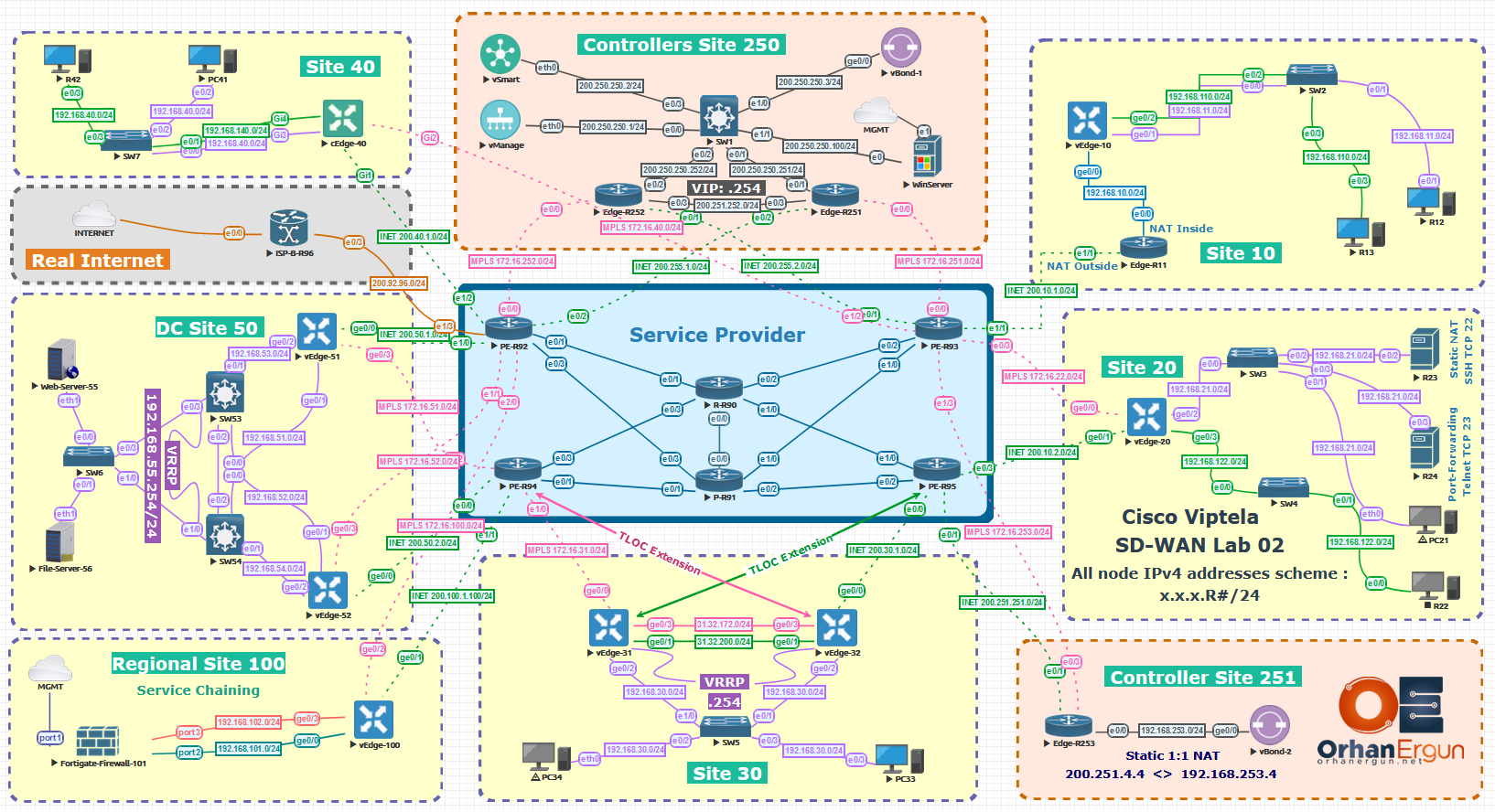Related Courses
Enhance your knowledge with these recommended courses

Cisco SD-WAN Training By Navid Yahyapour
Cisco Viptela SD-WAN training and certification courses online prepare you for the Cisco ENSDWI 400-315 exam and real-life deployments. Cisco Viptela SDWAN Design and deployment in this comprehensive course
$39
View CourseBecome an Instructor
Share your knowledge and expertise. Join our community of instructors and help others learn.
Apply Now
About the Author
JasonLake
I'm a network engineer who works for 8 years in the industry. I am trying to help people through my blogposts. Welcome to my blogs.
Share this Article
Subscribe for Exclusive Deals & Promotions
Stay informed about special discounts, limited-time offers, and promotional campaigns. Be the first to know when we launch new deals!